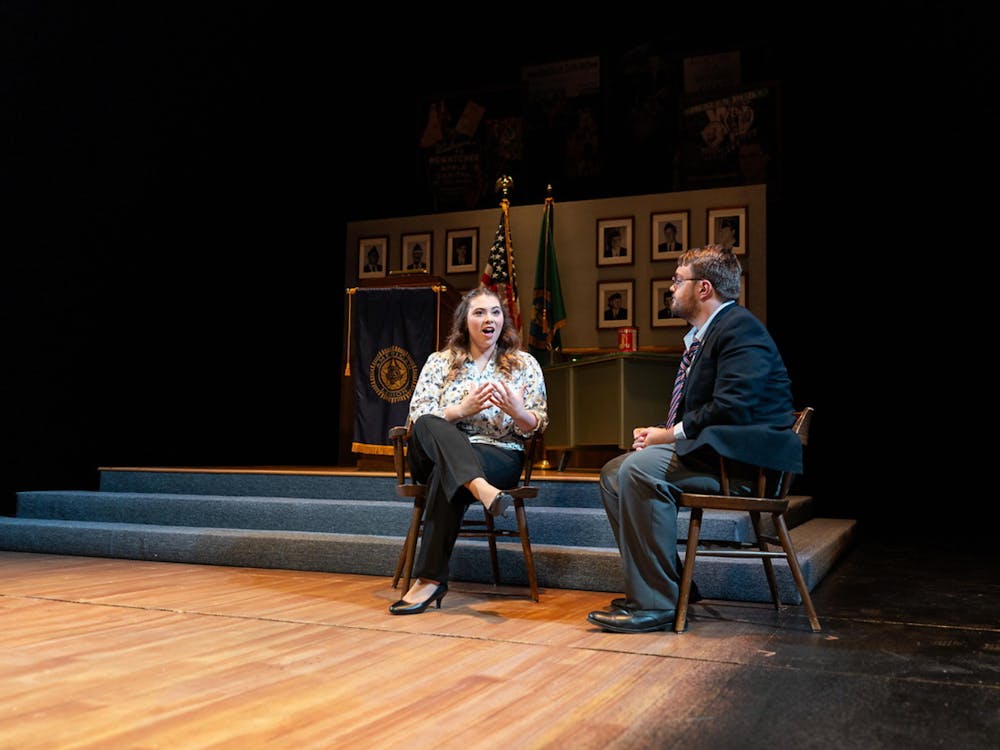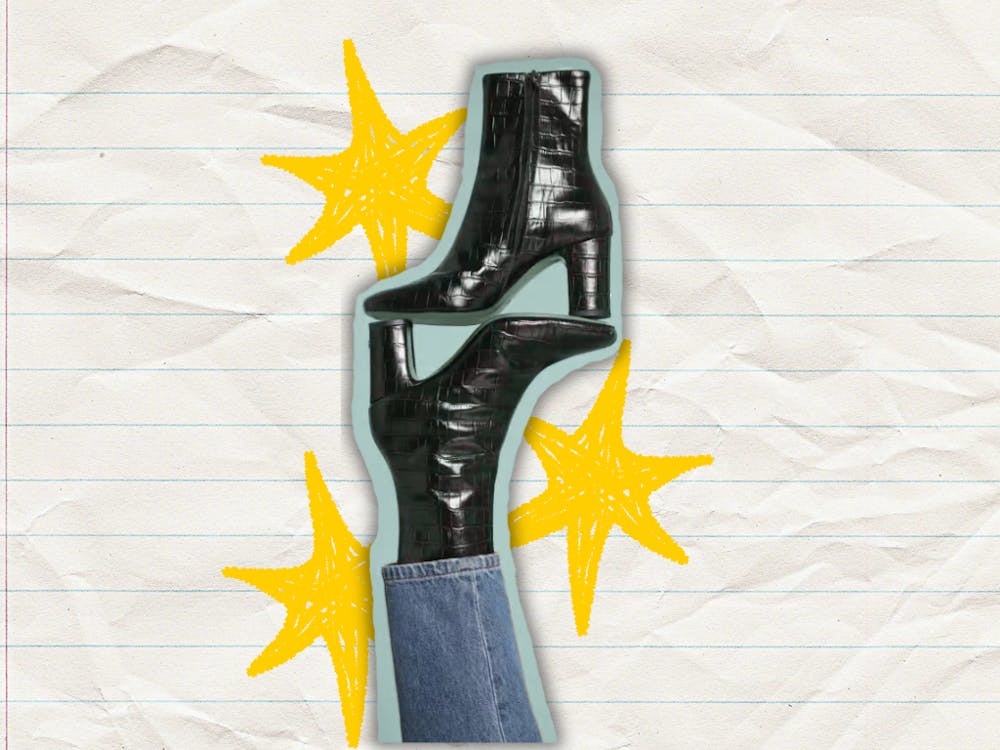Runway shows this past fashion month were riddled with references to the climate crisis, with the buzzword “sustainability” paraded down almost every catwalk.
However, fashion is one of the world’s most polluting industries and has a history of treating these kinds of social issues as short-lived trends — to be discarded just like last season’s silhouettes and color palettes.
So, how do we remain eco-conscious in our shopping habits for more than one rotation of the fashion cycle?
This past summer, I took a class called “Fashion Design and Production for Wellbeing.” It exposed the terrible effects that clothing production has on the environment, like the pesticides used in Indian cotton fields, the toxic chemicals used to distress jeans and the thousands of pounds of next-to-new clothes sent to landfills every year.
After spending six weeks surgically dissecting the global fashion industry, I turned to my own closet. I piled everything on my floor á la Tidying Up with Marie Kondo and got to work.
I realized that I barely wore half of the things I owned, and most of my clothes hadn’t even been there for a year. So many impulse purchases were crumpled in a pile in my closet, just waiting to be donated in my next closet cleanout.
I thought about how those clothes were made, and if my habits were justifying that process. Was the environmental stress the fashion industry puts on the earth a fair price for a sweater I only wore three times?
With this in mind, I decided to take a year off — one year — without buying any clothes at all, new or used. The only exceptions: I will buy one black dress shirt if I am suddenly required to attend a funeral, or a few pairs of chinos and dress shirts if I get a job with a business dress code.
That’s it.
No cool new sneakers, no new cozy sweaters for fall and no new shorts for next summer. If something rips, I’ll repair it. If I’m gifted an article of clothing, I’ll set it aside until next September. If all my clothes suddenly become out of style overnight, I’ll still wear them the next morning.
And, so far, what started out as a sweeping self-restriction has turned into a new, fresh way to get dressed.
My love for fashion has shifted into something beyond simply an interest in shopping. I’ve started taking the time to really pay attention to fashion design, business and runway shows to understand why people wear that they do. And, instead of browsing online shops when I want something new, I’m reaching deep into my own closet and really learning about my own personal style.
Enjoy what you're reading?
Signup for our newsletter
For as long as I’ve cared about my clothes, I’ve always felt like I was one more shopping trip away from having the perfect wardrobe. But the “new stuff”-shaped hole in my closet was never filled. There was always a new trend to make my old clothes feel dated and worn out. But knowing that I’ll have to make do with what I have until next September has forced me to find alternative, creative ways to switch things up.
I’ve mixed clashing patterns, cut the hems off of my jeans and raided my mom’s closet. Even if my styling experiments aren’t always successful, I haven’t run out of new ways to express myself through dress.
In an age where celebrities and influencers are scrutinized for wearing the same thing in public twice, sticking to the same old thing can actually feel kind of refreshing.
Clothes can’t last forever. Styles and bodies change, and fabric will fade and wear out. I’m absolutely already thinking about what I’ll be buying next fall. But as young people champion the fight toward a sustainable future, we need to look at our own consumption habits.
No matter how many “sustainable brands” pop up, or “turtle saving” bracelets we buy, it’s impossible to shop our way out of the climate crisis. Instead, we can understand how buying less, or maybe not at all, can actually add value to the things we already have.



